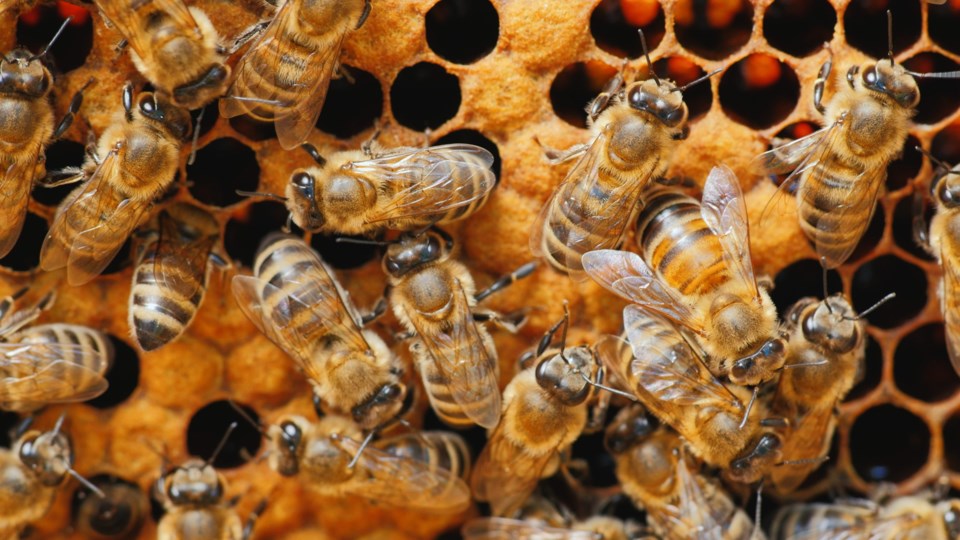Bees are the go-to metaphor for workers for a reason. In addition to the amazing works of engineering that are natural beehives, bees are a fundamental part of our ecosystem.
Bees not only provide honey and multiple byproducts that we harvest directly from the colonies, but they are also the most economically valuable pollinator of crop monocultures worldwide. According to the USDA (via CW33), bees' contribution to the U.S. economy is at least $15 billion a year. But their existence is under threat.
According to a study published in 2015 by the International Union for Conservation of Nature (via. The Conversation), 9.2% of the 800 bee species in Europe are threatened with extinction, while 5.2% are endangered and likely to be threatened in the near future. While the bee population worldwide is huge, and the dystopian future is still far away on the horizon, the reported decrease in colony numbers over the past 15 years is still concerning.
Following USDA’s report, Texas is thankfully not part of the states with the largest decrease in honey bee colonies, but it’s not among the best either. Between April and June 2022, the maximum total number of colonies reached was 415,000, representing a decrease of 2.4% since 2021. That’s number 20 on the largest bee decrease nationally.
There are many reasons behind this decline: loss of habitat, colony collapse disorder, herbicides, pesticides, weather and parasites all contribute to the bees dropping numbers. According to BIP, “One of the biggest impacts of climate change on honey bees is the change in foraging resources over the landscape. As plants emerge at different times compared to years past, plant-pollinator relationships can fall out of sync.”
Beekeepers, scientists and nonprofit organizations all work together to mitigate colony loss by seasonally moving managed beehives, providing food while flowers are not in bloom and expanding colonies in an effort to keep them healthy.
Between 2020 and 2021, beekeepers across the U.S. lost almost half of their managed honey bee colonies, according to a national survey conducted by Bee Informed Partnership (BIP), a nonprofit organization aimed at improving the health and sustainability for honey bees. That’s nearly 30% more than the expected 20% loss due to natural environmental factors like winter. As for 2022, the United States Department of Agriculture's most recent report shows a decline of 16% of the colonies in the first half of the year.
So, what could one do? Ron Magill, the communications director and a wildlife expert at Zoo Miami explained (via CNN) the importance of adding pollinator-friendly plants to your garden and pointed to Lady Bird Johnson's effort to beautify roadsides in the US, especially in Texas. “There are times you can drive through Texas, and you can see wildflowers for as far as the eyes can see, and it's such a beautiful sight, because she understood the value of that."
"We have beautiful plant life in our native areas where we live in this country," added Magill. "If we could focus more on that and start rebuilding what was naturally here, we can start bringing back those natural rhythms."
In case you missed it, here's Local Profile report on the migrating monarch butterfly and what to do to help them.




